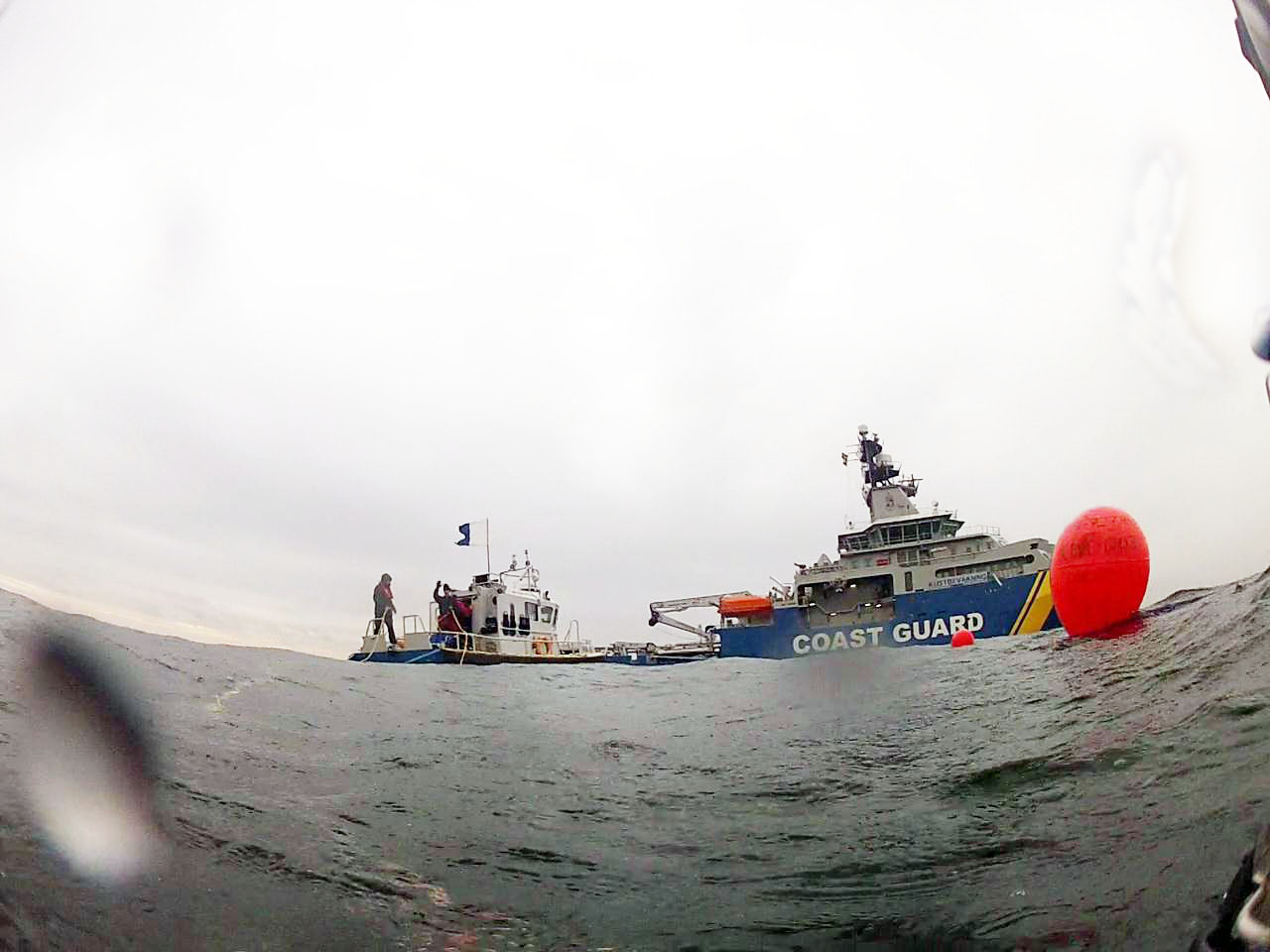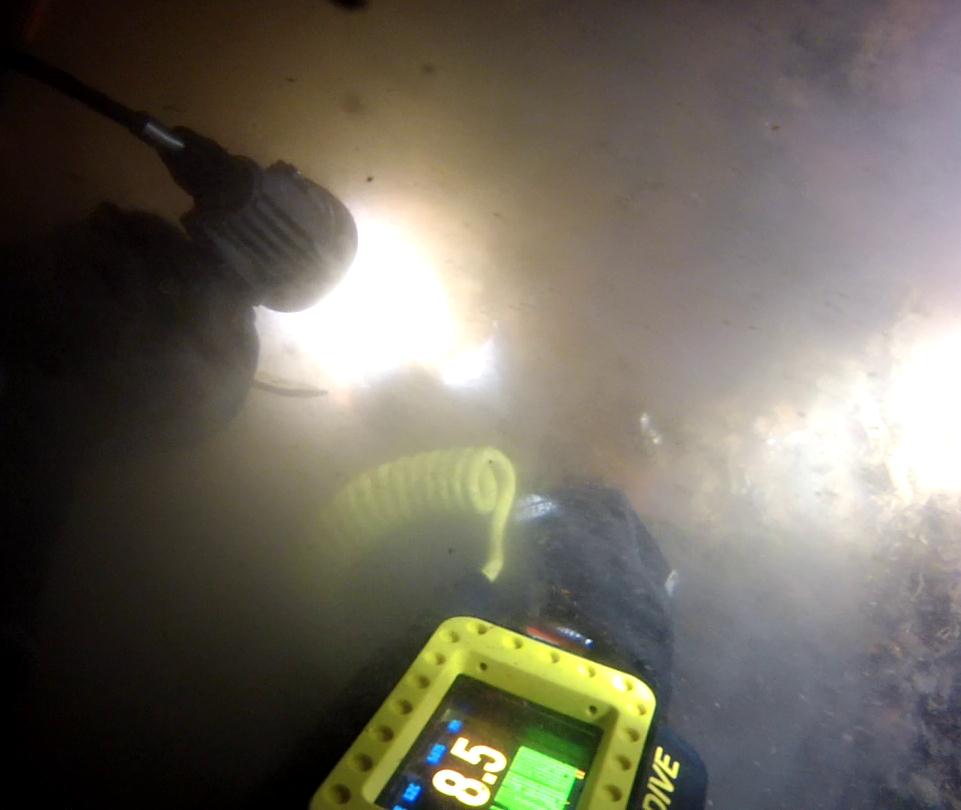Sweden Examines Hazardous Shipwrecks

Around the coasts of Sweden lies thousands of shipwrecks. Most are harmless to the environment, but some are a potential environmental threat. The Swedish Coast Guard is working with other agencies and experts with the specialized study of a handful of hazardous wrecks to develop methods and measures to reduce environmental risks. During October, they examined the Villon wreckage.
“The idea is initially to sample and measure the hulls of four selected wrecks. This is to develop a good working methodology on how we can work together to manage all of these ticking time bombs in our marine environment,” said Pontus Ekström, officer of the Coast Guard Region Southwest.
One of the last sunken vessels examined was the Villon cargo ship that was built in 1959 and primarily carried cargoes of pulp, cereals and shoes in Northern Europe. During a winter storm in 1986, the ship wrecked outside Simrishamn, lying today in 37 meters of water.
In October, the Coast Guard salvaged metal samples from Villon. They also took sediment samples adjacent to the wreck itself and, with the help of a special instrument, measured hull thickness of her fuel tanks. The wind has been suitable during the examination for diving.
Both the Maritime Administration and the Coast Guard has documented the wreck well with their respective multi-beam system. Together, the authorities have created a common film and image database. The information from the inspections will then be used to perform a risk analysis and prioritization of the measures to be taken. Wrecks that have fuel or hazardous cargo on board will start to leak sooner or later.
A few years ago, the Maritime Administration was instructed to take stock of the wrecks that may pose an environmental hazard. The report pointed out 31 wrecks of particular interest. Besides Villon, there is Skytteren outside Måseskär, Thetis outside Kungshamn and Altnes outside Falkenberg.
Participants in the study are the Maritime Administration, Chalmers, Coast Guard, Marine and Water Agency, FOI, the Swedish National Maritime Museums and corrosion expertise from KIMAB.


